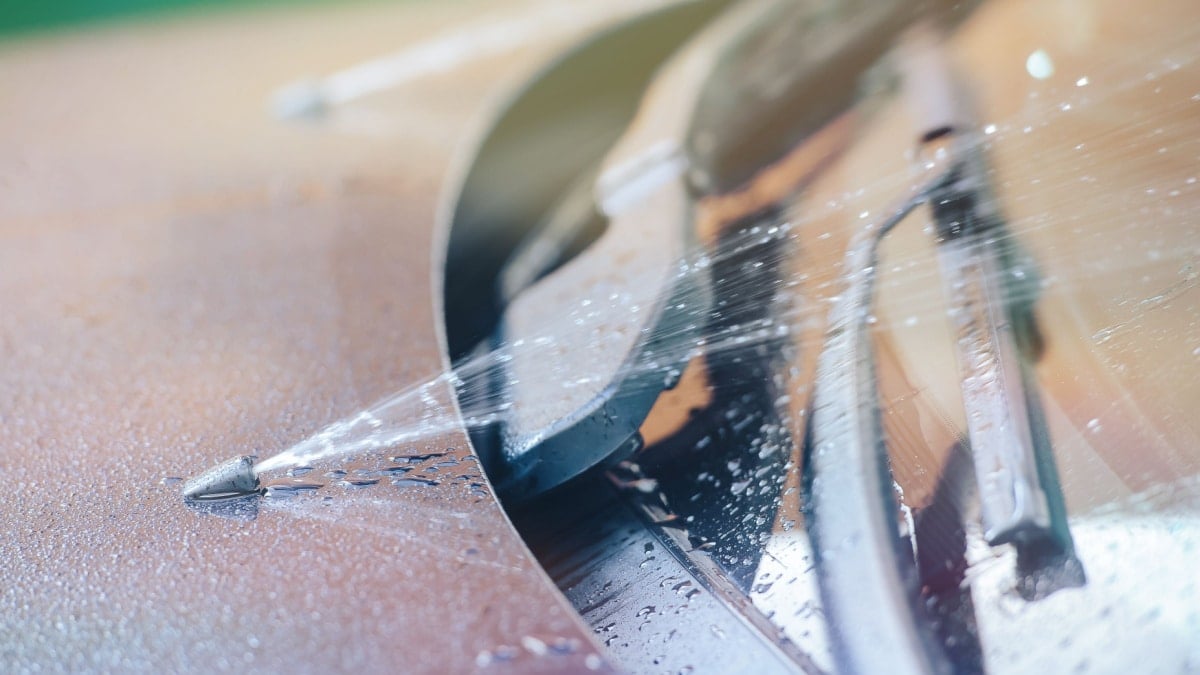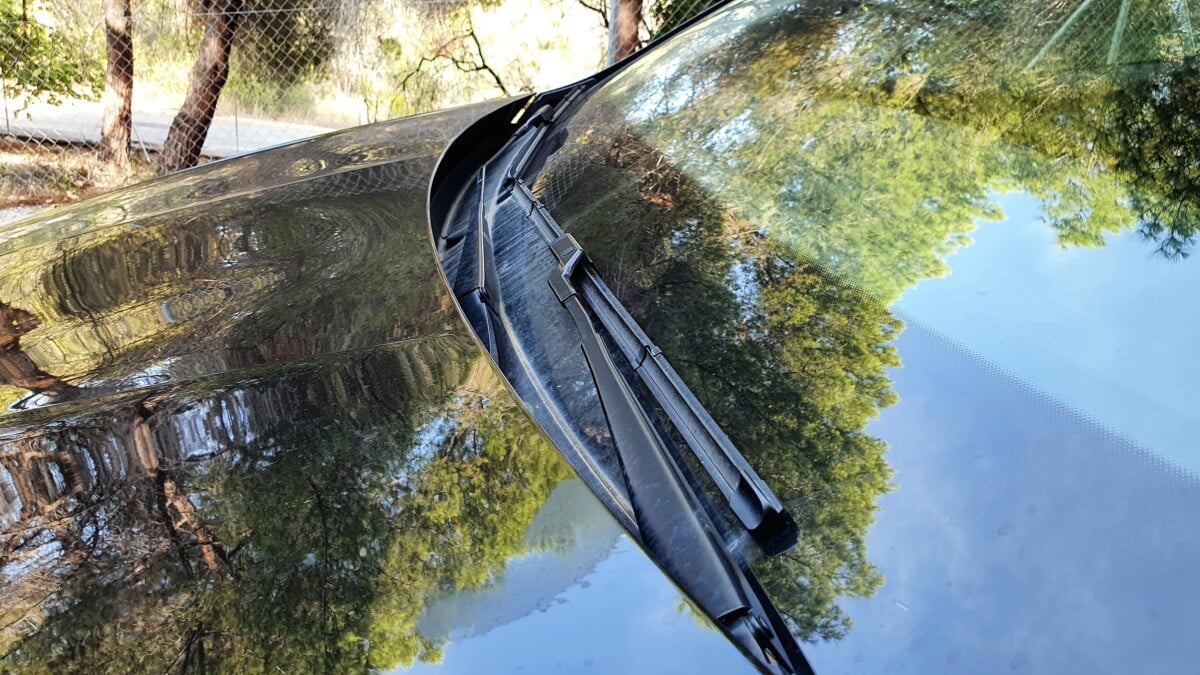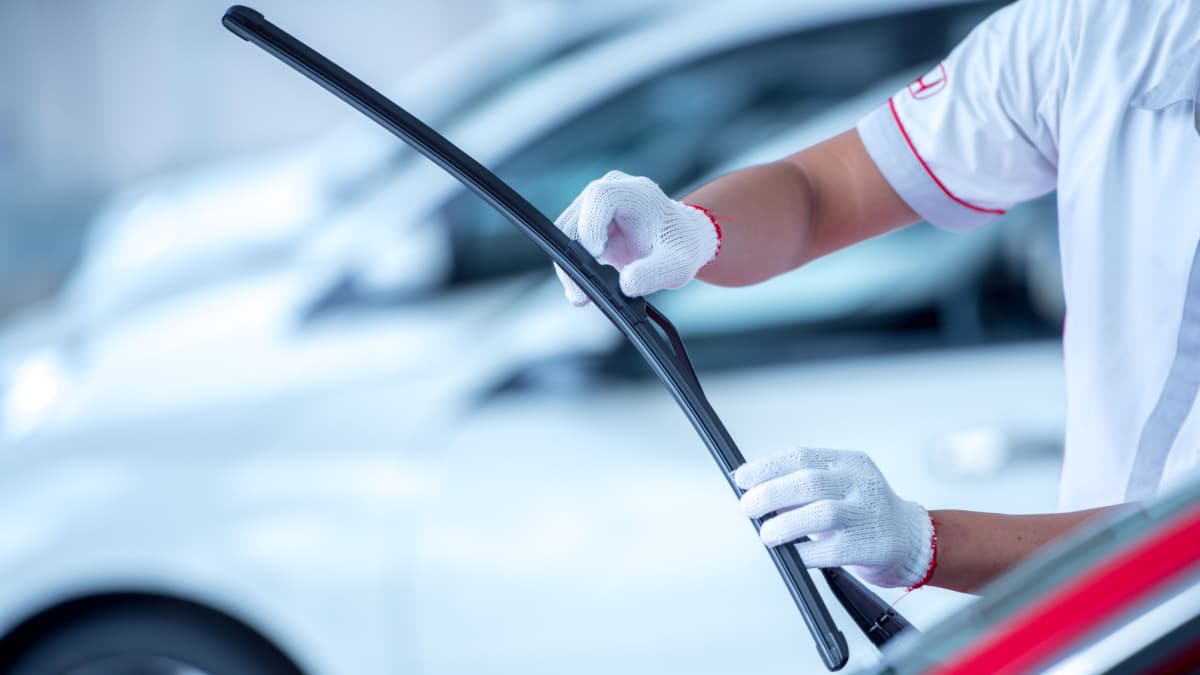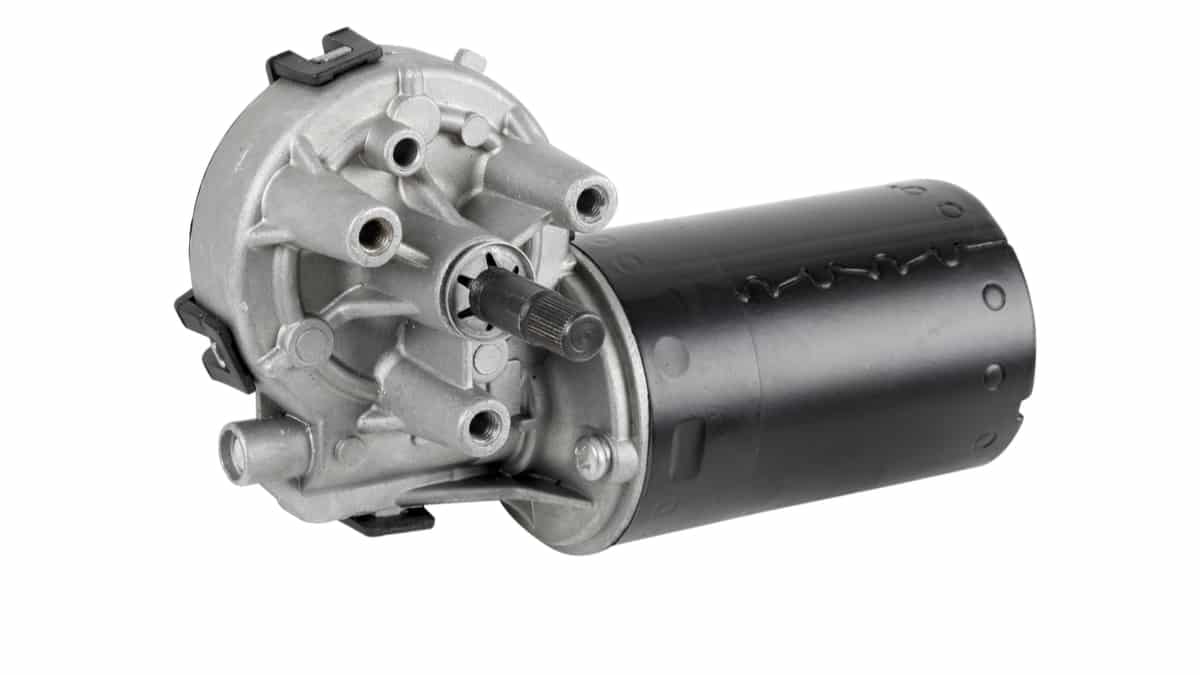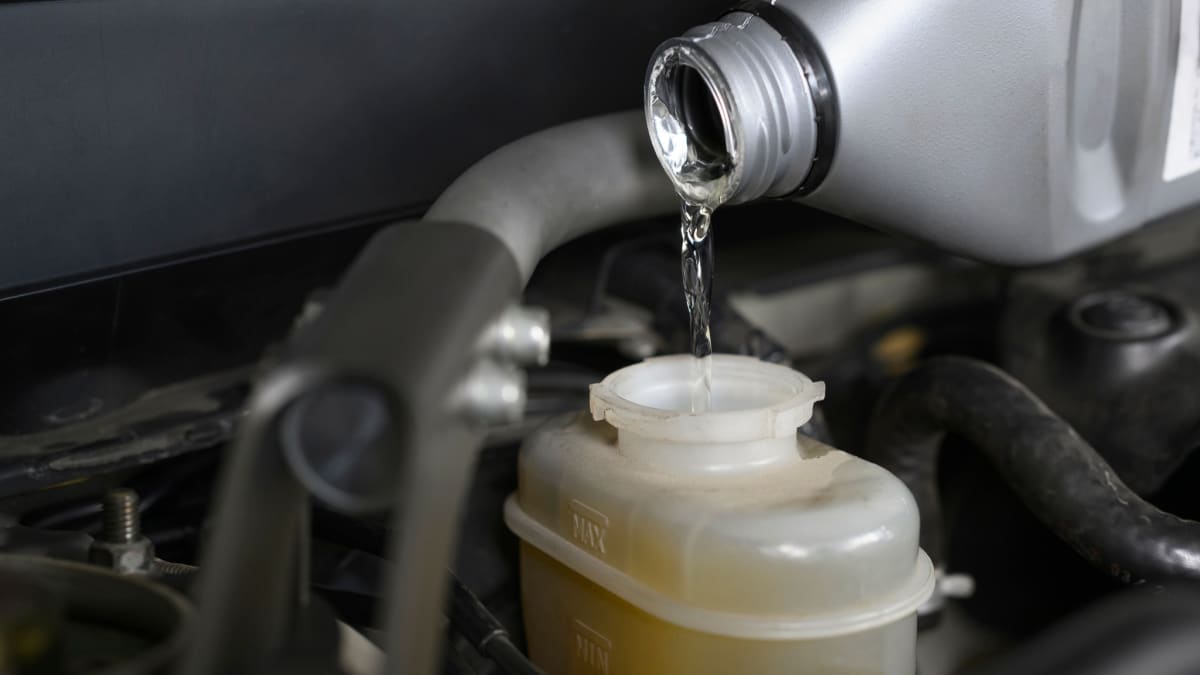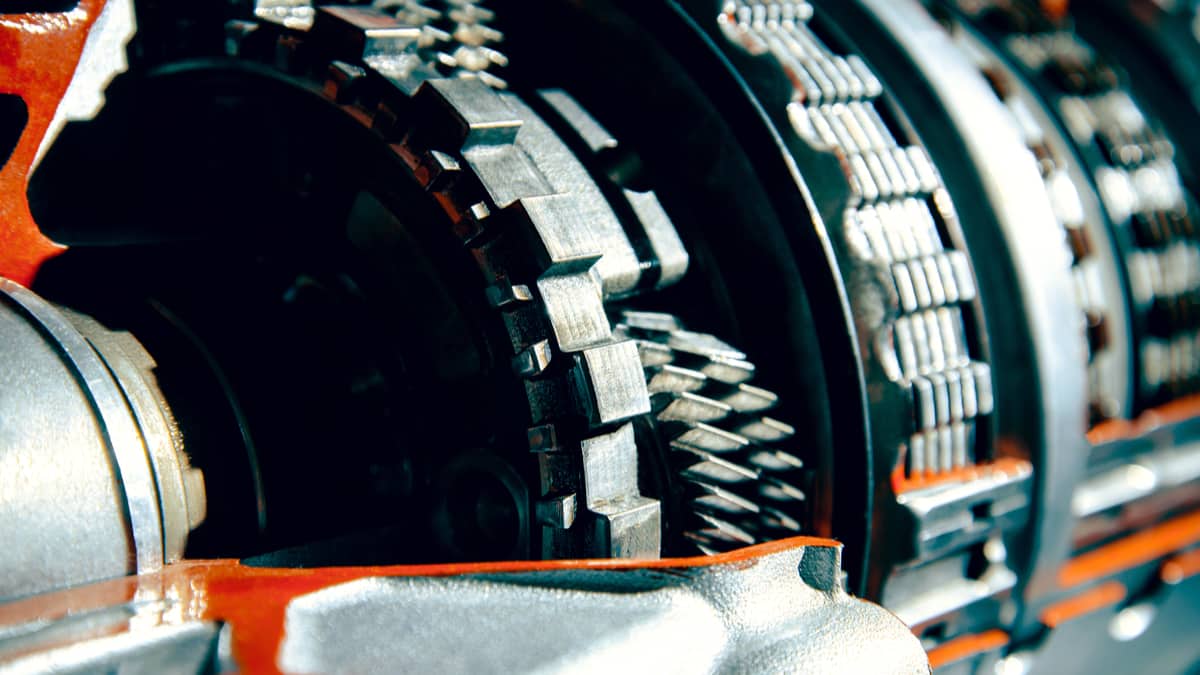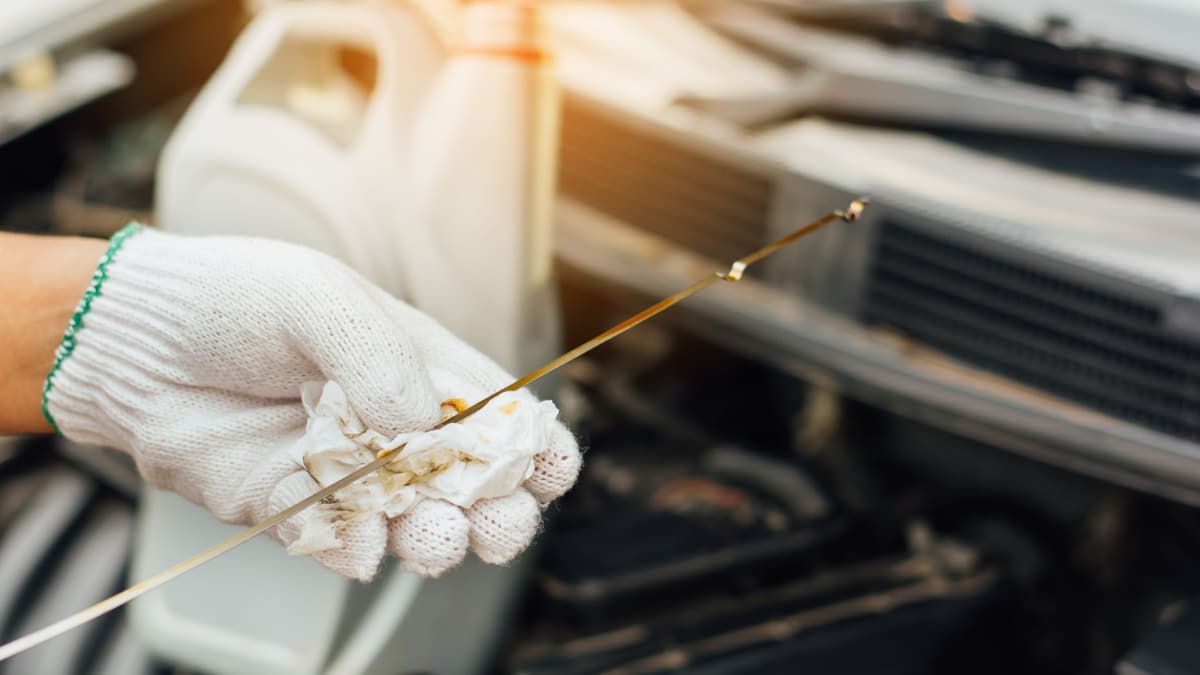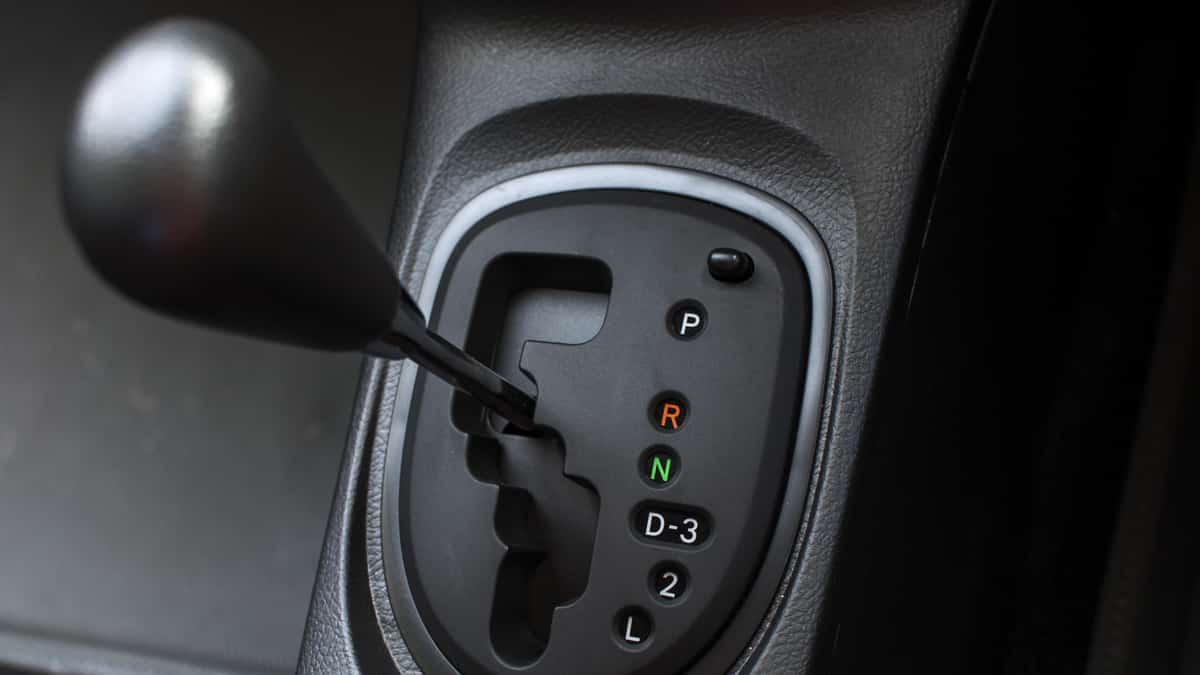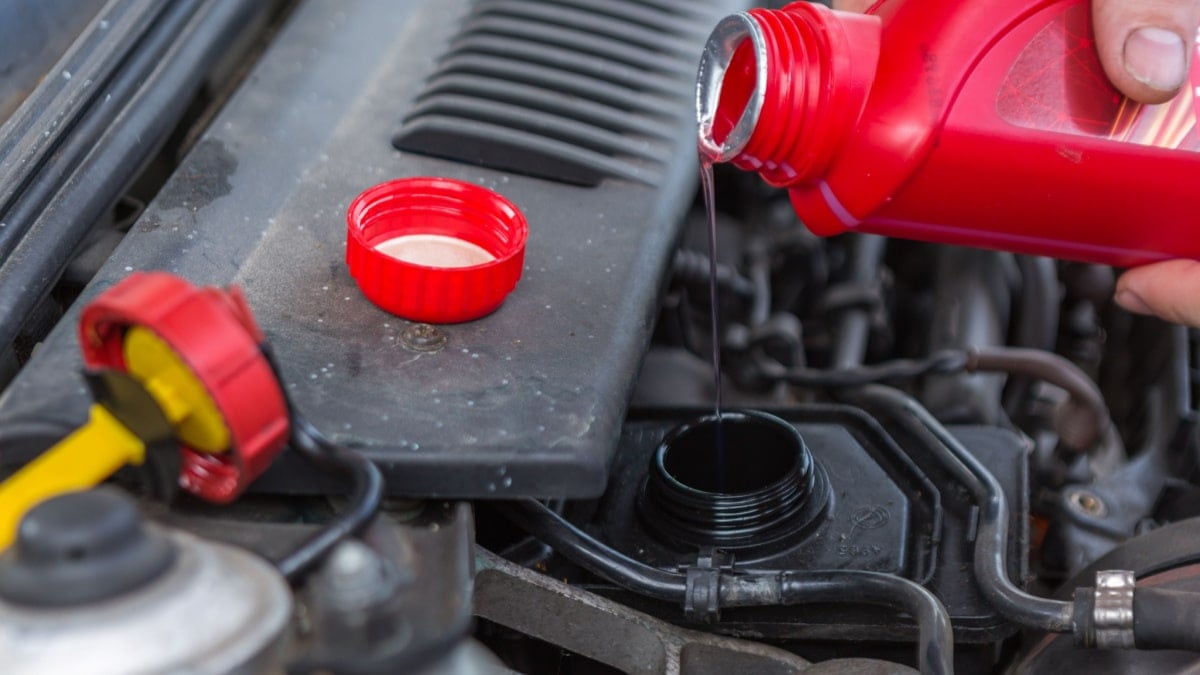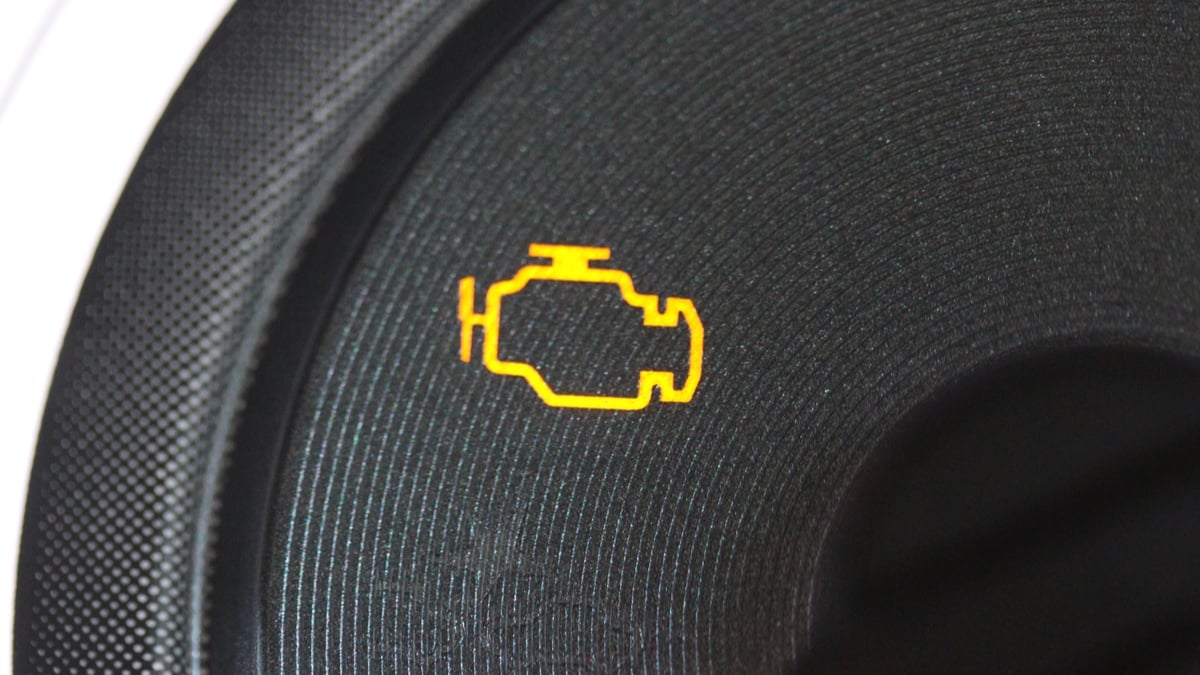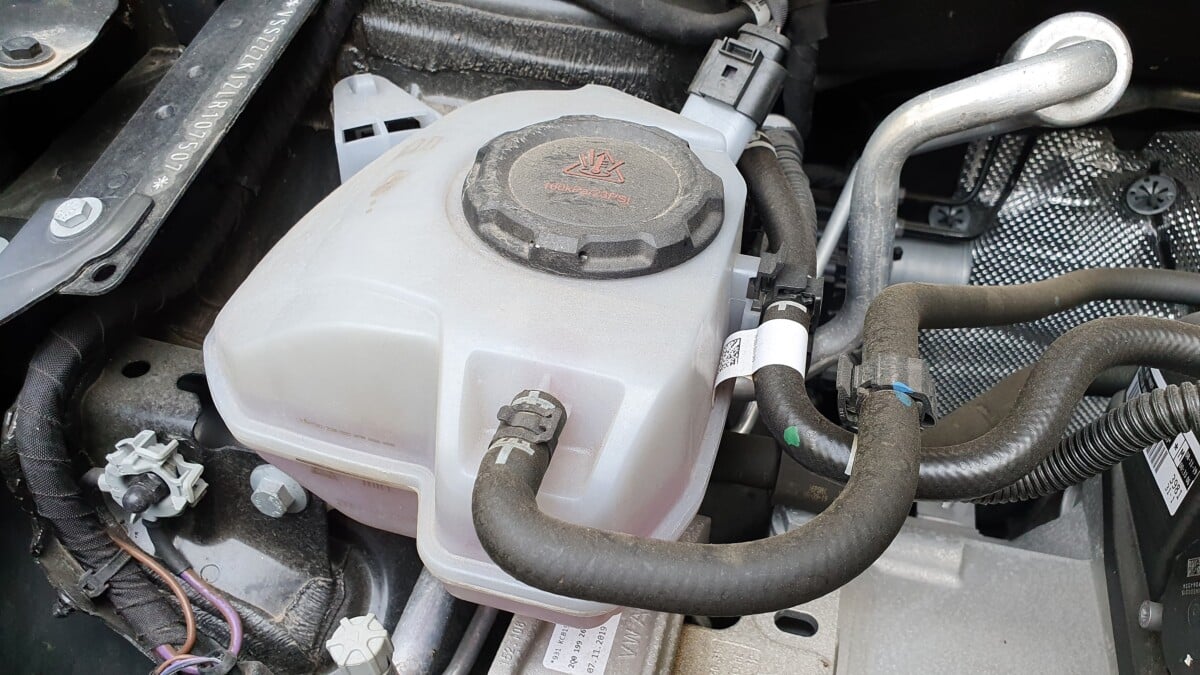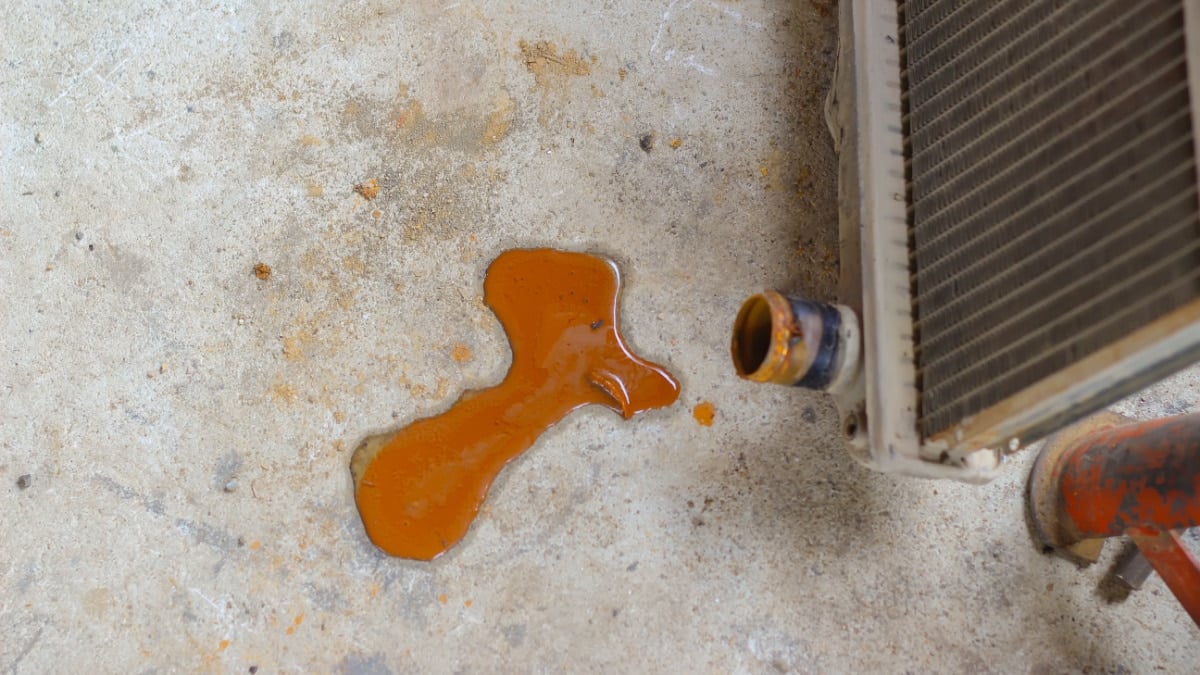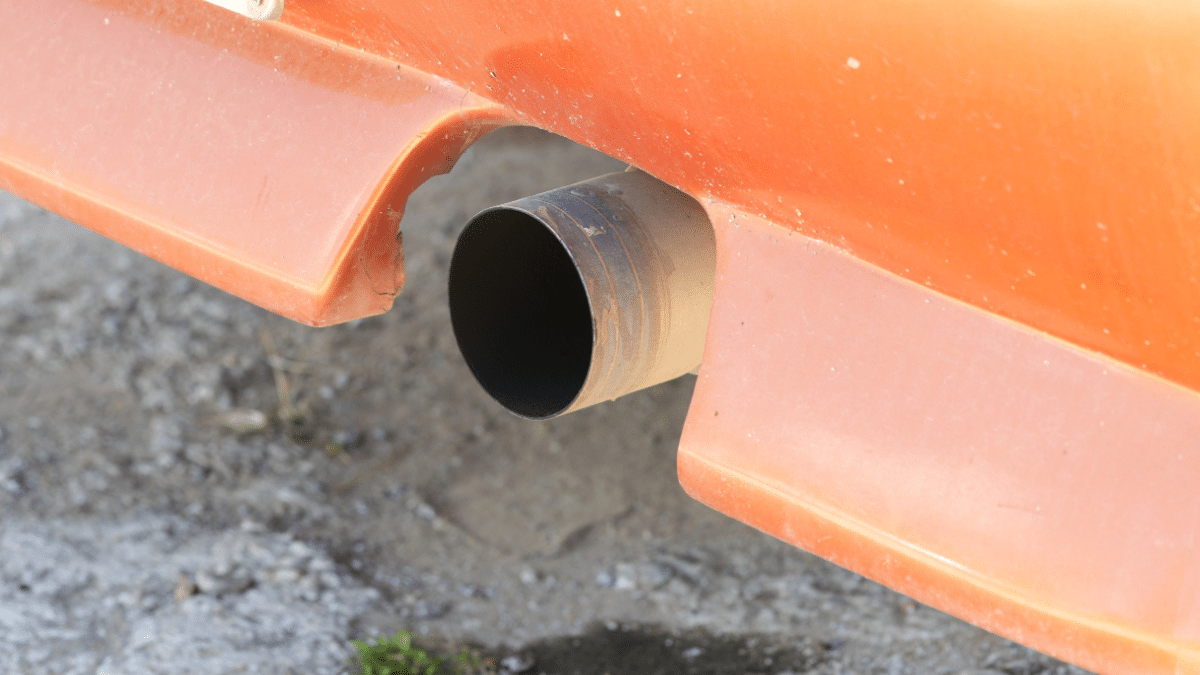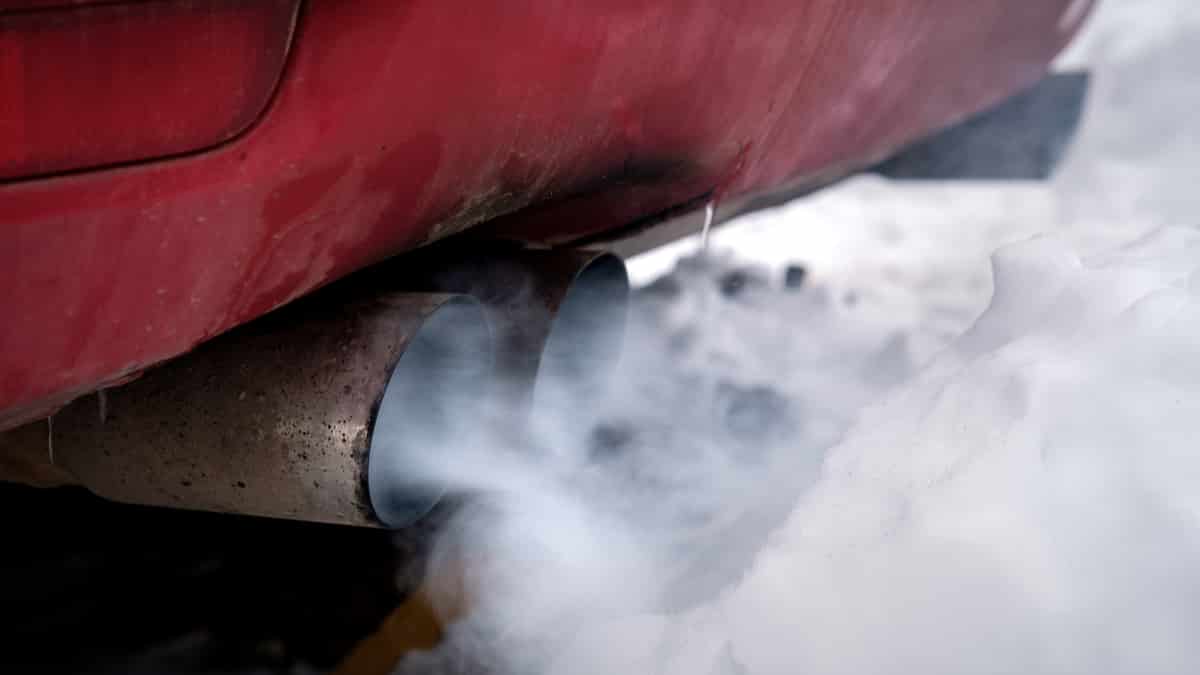Windshield wiper fluid is helpful when bugs accumulate on the auto glass. Very quickly, you can swipe all the dirt and debris from the glass to ensure better visibility. That’s why it’s so troublesome when the windshield wiper fluid is not coming out when it should. So, what are the most common reasons why the wiper fluid is not spraying?
If the windshield wiper fluid isn’t coming out, the tank may be empty. There could also be a mechanical problem, whether it’s a clogged nozzle or hose, a blown fuse, a defective windshield washer pump, frozen fluid or an electrical issue that needs to be repaired.
In this guide, we look at the common causes of the windshield washer fluid not coming out. Knowing this information makes it much easier to fix the problem. Aside from that, there are some common questions at the end of this article to make the diagnosis even smoother.
Let’s take a closer look at these possibilities, helping you determine what might be causing your trouble.
1. Empty Tank
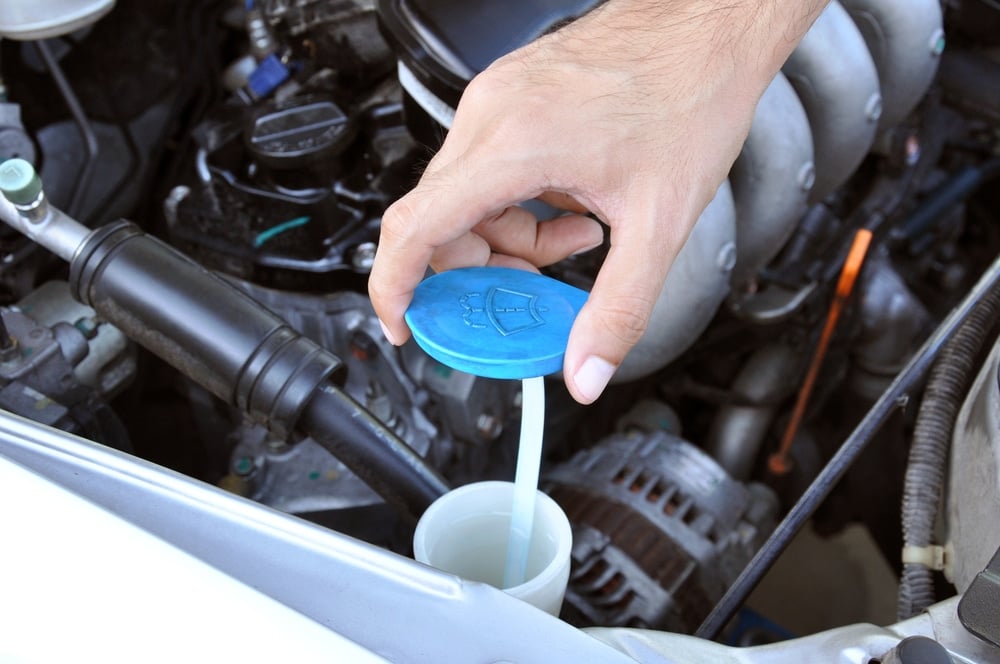
You probably use more windshield washer fluid than you think. After many miles of cleaning off bug guts, you may have emptied the reservoir without knowing it.
If you hear the system running but don’t see any fluid, this is one of the most common causes. Thankfully, the fix is simple and we will discuss it in a minute.
2. Clogged Nozzle
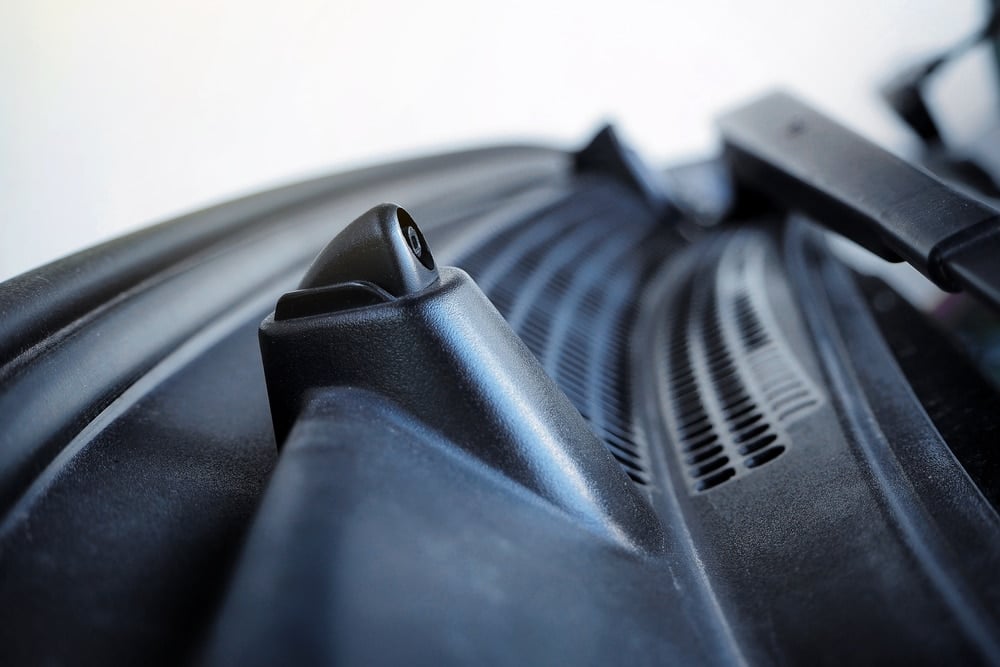
The nozzle that is responsible for spraying out the fluid, is in a place where debris can affect it. This nozzle is even more susceptible to debris and contaminants if you park under a tree.
When the nozzle gets too much gunk inside, the spray can no longer force through. There’s not a clear path for the fluid to travel to the windshield, so you end up getting nothing.
3. Clogged Hose
The same thing can happen with the hose that leads from the reservoir to the nozzle. A clog is possible in the hose, restricting the fluid.
There’s also the chance that the hose has become damaged and can no longer send out washer fluid. If the hose is broken or torn, you may see the fluid running out under the car.
4. Blown Fuse
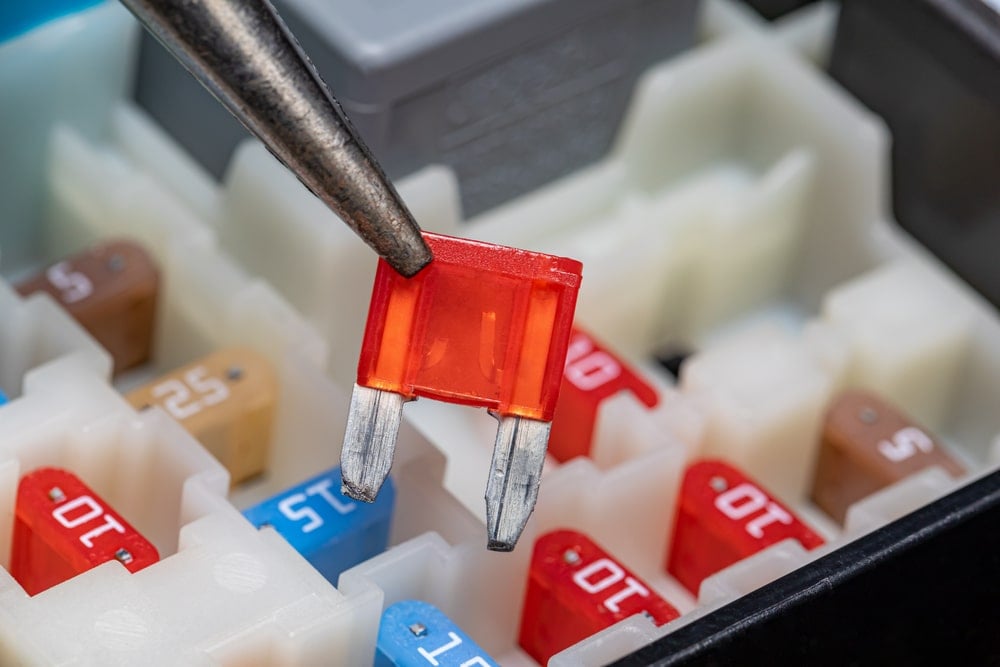
Automotive fuses ensure that there are no shorts in the electrical system, which would otherwise fry expensive equipment. Instead of harming the electronics, a short simply blows the fuse.
If the windshield wiper fuse has blown, you won’t be able to get any fluid from the pump. When you push the stalk to spray the windshield, nothing happens.
5. Defective Windshield Washer Pump
Another common cause is a defective washer pump. This pump is needed to push the fluid from the reservoir, through the hose and out of the nozzle.
As with any mechanical part, it’s only going to last so long. The life of this pump is even less if you run the washer fluid regularly.
6. Frozen Fluid
If you live in an area that gets below freezing, you know all the ways the temperature can hurt your vehicle. What you may not have known is that the washer fluid can also freeze up.
If you park in a garage, you may not have this problem as frequently. Even if it does freeze up, it shouldn’t take long to warm it back up into a liquid.
7. Electrical Issue
There’s always the chance that an electrical malfunction is causing your problems. There could be a lack of power coming from the car battery.
Otherwise, the connectors running to the pump may be loose or damaged. If any of the connections are loose, you may notice that the pump works sporadically, depending on how bumpy the ride is.
How To Fix Windshield Wiper Fluid Not Coming Out
If the windshield wiper fluid has stopped coming out, you have a few options. Even if you have no mechanical experience, many of these tasks are easy to accomplish. You don’t even need special tools for most of the fixes.
Here’s the way we would handle diagnosing and repairing the wiper fluid situation.
1. Fill Fluid
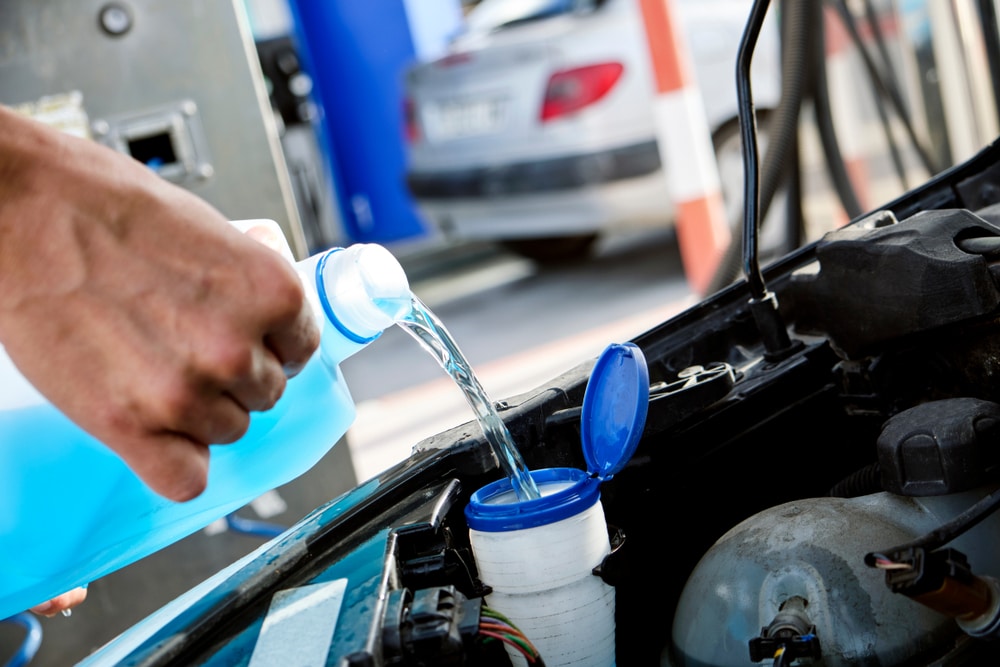
Obviously, you need to start by making sure there’s enough fluid in the reservoir. If the tank has run dry, you won’t be able to get any fluid to the windshield.
Before you fill it back up, make sure that the reservoir is in good condition. Cracks or damage could have caused leaks, which would have run the tank out.
If you don’t see any damage, put a little fluid back in and double-check for leaks. Once you’ve confirmed that nothing is leaking, you can fill the reservoir until it is full. Close the cap and try to run the windshield washer fluid again to make sure it sprays.
2. Unclog and Clean the Nozzles and Hoses
If the fluid is full, but you can’t get anything out, it’s time to look at the nozzle and hoses. Debris is easy to get out of the nozzle with the right equipment. Start by finding the nozzle, normally on the hood of your vehicle. With an air compressor, attempt to blow out the debris. You can also use a can of compressed air.
Some people prefer to use a sewing needle. This method is fine, but you have to be careful that no new damage is created. Stick the end into the nozzle and try to wiggle it around to loosen up the dirt.
If that doesn’t fix the problem, you should inspect the hose running to the nozzle. It’s possible that one is clogged, damaged or torn. In some cases, you may need to replace the windshield washer hose.
3. Check and Replace the Fuse
Your next check is with the wiring system. We recommend starting by looking at the fuse. You can find a diagram for the fuses in your owner’s manual. Determine which one runs the windshield washer pump and pull it out. If the fuse is blown, the metal wire appears broken.
You can also use a test light to determine if a fuse is blown. If you need a new fuse, make sure it gets replaced with the appropriate amperage rating.
If the fuse isn’t the culprit, you can trace the wiring to see if there’s anything damaged. You should also look over the connectors and replace anything that’s worn.
4. Test and Replace the Washer Pump
If the pump has run without fluid in it, it could burn out. Additionally, the pump will go bad over time, just from regular use. You can prevent abnormal wear by keeping the reservoir filled up.
You can test the pump with a multimeter. The connection to the pump reads 12 volts. If not, it needs to be replaced. With most vehicles, it’s not hard to replace a washer pump. If you have to take it somewhere, it may cost you between $75 and $250, depending on your vehicle type and the local labor rates.
5. Defrost Fluid
If the fluid has frozen, follow these steps to get it going again.
- Fill up a pitcher with hot water, but not too hot that it’s untouchable.
- Pour the water into the reservoir. Only add a little bit at a time.
- Use a turkey baster, if it reaches, and remove some of the fluid from the reservoir, so you can add more hot water.
- Repeat this process until the system defrosts.
- Replace the water with wiper fluid.
If freezing temperatures continue, you may want to choose a fluid that’s more suitable for your climate. Freezing fluid can lead to bigger issues since it expands. The hoses or tank could burst if it freezes.
6. Contact A Professional
If you can’t get your windshield wiper fluid running, it’s time to get some professional support. An ASE-certified technician will be able to find the problem quickly and get you back to seeing clearly again.
Whatever caused the problem in the first place, make sure you take steps to prevent it from happening again. Otherwise, you may find yourself paying for another repair bill.
How do I know if my windshield washer pump is bad?
There are often signs when the pump is failing. At first, it may spray unevenly across the windshield. Once it fails, the windshield spray won’t operate at all. The pump won’t engage when activated. You can test the pump with a multimeter to see if it’s receiving power.
How do you unclog a wiper fluid sprayer?
If the nozzle is clogged, you can use an air compressor to blow the debris out. You may also use a can of compressed air to loosen up any dirt. Otherwise, you can carefully stick a sewing needle into the end of the nozzle and wiggle it around to remove any dirt. Just be cautious not to cause damage to the delicate nozzle.
How much does a washer pump cost?
Typically, a new pump will only cost $35 to $75, depending on what type of car you drive. It’s not hard to install a new pump. If you need to have someone put the pump in, you may pay another $45 to $175 to have it installed, based on whatever the going rate is in your area for a mechanic.
What causes a washer pump to go out?
The washer pump can fail because you continue to use it while the reservoir is empty. This action puts undue stress on the pump, causing it to fail early. Otherwise, the pump simply fails because it has gotten old and can no longer function. While the pump may last for the life of the vehicle, it’s not uncommon to replace one.
Why is my washer fluid not spraying on one side?
If the washer fluid is coming out of one side but not the other, the nozzle is probably clogged. Debris can get into the nozzle and prevent the fluid from spraying. You can blow into the nozzle with your air compressor or a can of compressed air. A sewing needle often works too, but you want to be careful not to cause further damage.
Once you notice that the windshield washer fluid isn’t spraying as it normally does, you want to figure out what’s wrong. By neglecting the problem, you could end up with bigger issues. For example, if the washer fluid reservoir is empty, you can damage the pump by continuing to run it.
Check the reservoir and fill it up if needed. Make sure there are no leaks before you put new fluid in. If there’s a clog, try to undo it with compressed air or a sewing needle. Otherwise, mechanical or electrical problems need to be fixed, either by you or a qualified technician.
Categories: Troubleshooting
